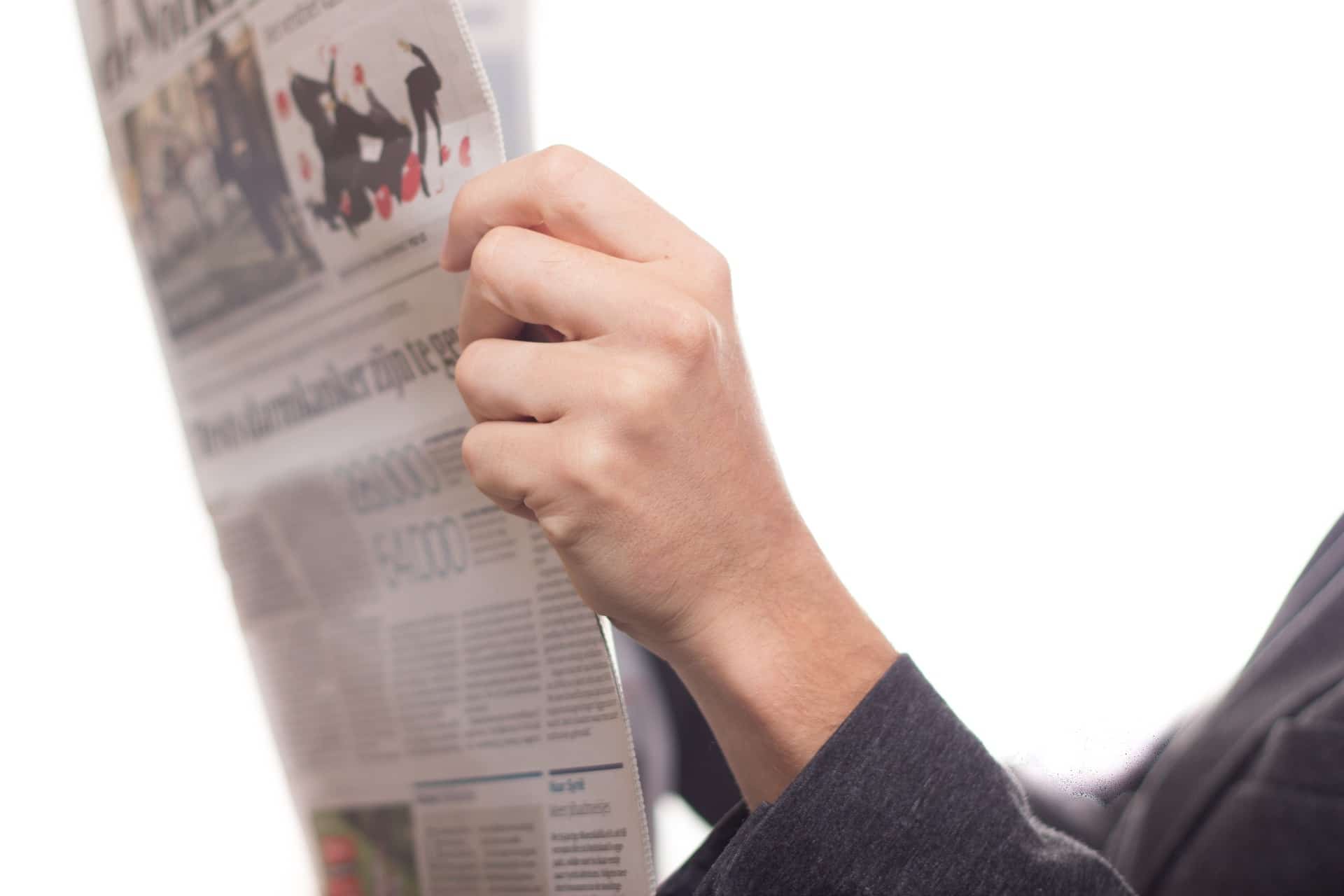Fuel reward programmes have been enticing customers for over a decade only to evolve into table stakes in some markets. With sales in decline, grocers are beginning to explore the impact of their programmes and wondering whether they're out of gas or just temporarily stalled, according to Melissa Fruend, associate partner for retail at LoyaltyOne.
As loyalty strategy consultants, LoyaltyOne is often approached by mid-to-large sized grocers to help them answer some of their most pressing customer engagement questions, such as:
- Is fuel rollback the best loyalty strategy for us?
- How can I modify my current programme to increase appeal and sales without alienating my core?
- Why do customers choose to not participate? What do they have in common?
- Am I alienating a portion of my customers by focusing only on fuel?
- What is the appetite for grocery vs. fuel discounts?
The answers to these questions vary depending on the grocer and their market, but here's what the company does know about fuel programmes: There is widespread parity and a complete lack of differentiation in most markets. Fuel programmes have fundamentally become 'me too' initiatives. While programme conditions such as gallon limits, expiration and bonus opportunities differ from brand to brand, the offer structures look very similar and there's significant clustering around a 2% funding rate.
Traditional fuel programme structures are fixed in a world where variable funding is king. Yes, customers who spend more receive more discounts, but why should every customer get 2% of their spend back? Brands inside and outside the grocery space are increasingly looking to loyalty as a tool for redistributing their marketing dollars to boost spending on high-value and high-potential customer segments who can deliver the strongest ROI. The more targeted your spend, the better your shot at getting it back.
Research shows fuel rewards don't appeal to wide swaths of customers, including high-value segments. Grocers know that fuel rewards are strong loyalty drivers for some of their best customers, but consider these three findings from a March 2015 LoyaltyOne survey of 1,000 American shoppers:
- 37% of shoppers disagreed that fuel rewards programmes make them more loyal to the grocers who offer them. This sentiment was significantly stronger in the more densely populated Northeast and Western regions of the country.
- 41% of shoppers who were not enrolled in their grocer's fuel reward programme said they chose not to because discounts weren't offered at their preferred gas station. Not all customers who want fuel rewards can be accommodated due to exclusivity agreements and other challenges associated with selecting a fuel partner.
- An overwhelming majority, 72% of shoppers, said they would prefer if grocers offered discounts on groceries rather than gas. These weren't just low-value shoppers either: shoppers who reported spending $300 to $500 a month on groceries were even more likely than the average customer to prefer grocery discounts.
These findings aren't unique to this study. Past studies have shown that as much as 2/3 of grocery shoppers demonstrate little to no engagement with fuel programmes even if they're enrolled. So what's the shortest route to re-engaging a significant base of grocery shoppers without alienating your devoted fuel followers?
Give Customers a Choice
The rewards toolbox has a lot more than fuel in it - give customers a choice to earn the grocery discounts that they seem to prefer. Meijer's mPerks does this well by providing their customers with targeted grocery discounts based on how they spend, while simultaneously offering fully featured, co-branded credit products with compelling fuel savings.
Not only are grocery rewards more in line with shopper preferences, they can be co-funded by vendors who want to target specific customers with bonus offers. Fuel rewards certainly aren't the only offers that can be co-funded.
Non-Fuel Promotions
Given the need for competitive differentiation, innovative loyalty strategies are expanding beyond common programme structures. One such differentiator is the use of short-term programmes to supplement the current long-term fuel programme. Safeway Canada, who already uses the Air Miles Reward Program, launched a promotion in September 2014 focusing on driving short-term spend using Zwilling knife sets as incentives.
These types of programmes using high-profile brands as aspirational rewards typically yield an average of 3-7% increase in sales during the promotions, which gives grocers a new tool to boost shopper spend alongside their current loyalty programmes.
"We know grocers may feel stuck between a rock and a hard place with fuel rewards, but we've seen progressive grocers begin testing alternatives and additions to fuel. We believe grocers can find better solutions to appeal to their high-potential shoppers, and in doing so, realise the share gains of a more complete loyalty offering," concluded Fruend.
|
More Info: |




